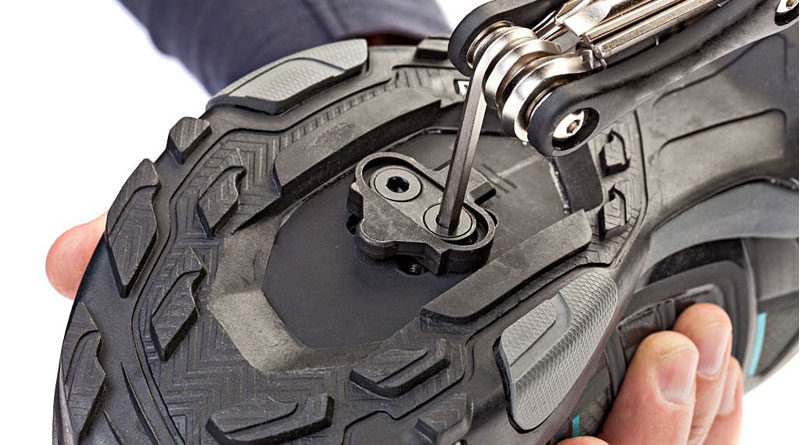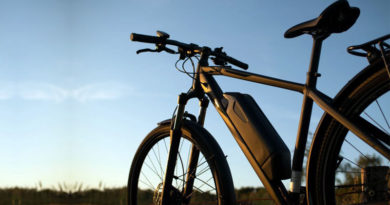How To Convert 2-Hole Cleats Into 3-Hole Cleats?
Converting 2-hole cleats to 3-hole cleats is not recommended as it requires drilling additional holes into the cycling shoe, which can potentially damage the shoe and void its warranty. It is best to use cleats that are designed to fit the type of shoe you have.
There are only two reasons for converting 2-hole cleats to 3-hole cleats. To begin, you are an MTB rider who wants to try road riding or is switching to road riding. Second, you purchased an incorrect pair of shoes, which you are unable to return. In both cases, you’re hoping to get away with it and save money. Adapters, such as the Shimano SM-SH41, are available to convert 3-hole cleats to 2-hole cleats. However, you will not find any that do it the other way around. This is due to the fact that there is no way – or reason – to convert 2-hole cleats to 3-hole cleats.
Even if you somehow manage to convert them, there would be significant performance drawbacks. If you want to use 3-hole cleats, you would have to buy dedicated road shoes.
2-Hole vs. 3-Hole Cleats
2-hole cleats are also referred to as SPDs while 3-hole cleats are also referred to as LOOK or SPD-SL cleats. Clipless pedal systems can support one or both types of cleats. Each cleat type has its own advantages and disadvantages in terms of performance and walkability.
2-hole cleats are most commonly found in MTB shoes. But some casual road cycling shoes also can also attach 2-hole cleats. 2-hole cleats are recessed in the sole of the MTB shoes to allow walking with ease. Their small size provides a close connection to the pedal for better performance. Shoes that support 2-hole cleats often have 4 holes drilled into the sole but only 2 are used at a time. The extra holes allow you to position the cleats a bit forward or backward under your feet.
3-hole cleats are only found in road shoes. Speed is usually the main focus of road riding. Road riders desire extremely efficient energy transfer to maintain a reasonable or even high speed. Three holes ensure firmer attachment to the shoe so that the cleats remain stiff for the desired efficiency. But 3-hole cleats protrude out of the sole which reduces the walkability of the shoe.
Why Can’t You Convert?
There are many reasons why you can’t – and shouldn’t – convert 2-hole cleats to 3-hole cleats. The first problem you would face is the difference in the holes drilled into the sole of the shoes that support these cleats. 2-hole SPD shoes have the same length slots side-by-side whereas the 3-hole SPD-SL shoes have short and long slots beside each other. There are no adapters for this purpose.
The second problem you would face, even if you somehow find an adapter, is a lot of variation in the thread pattern of MTB shoes. Finding the right match is like finding a unicorn. It doesn’t exist. Even if it does, no one else has found it so what are your chances?
But, let’s say, you are the luckiest person on earth who has managed to overcome the first two problems. The next problem would be the protruding cleats. An adapter would add somewhere around an inch between the shoe and the pedal body. It would be like walking in heels if you wear them the wrong way around. Two bolts don’t provide as much support as three bolts. If you try to walk by force, you can damage the cleats or even your shoes. The whole idea is futile.
Alternatives to Converting Cleats
While converting 2-hole cleats to 3-hole cleats may seem like an easy fix, it’s important to consider alternative options. Here are a few alternatives to converting cleats:
- Purchase new shoes: If you have 2-hole shoes and want to use 3-hole cleats, the best option is to purchase new shoes that are compatible with 3-hole cleats. This will ensure that your cleats and shoes work together properly, providing optimal performance and safety.
- Use an adapter plate: If you have 3-hole cleats and want to use them with 2-hole shoes, you can purchase an adapter plate that will allow you to attach the cleats to the shoe. Adapter plates are available from various cycling accessory manufacturers, and they can provide a temporary solution until you can purchase new shoes.
- Consider switching to a different pedal system: If you’re having trouble finding compatible cleats for your shoes, it may be worth considering switching to a different pedal system altogether. There are a variety of pedal systems available on the market, each with its own advantages and disadvantages. Do some research to find the pedal system that works best for you and your cycling needs.
Regardless of which alternative you select, it is critical to prioritize safety and performance by wearing compatible cleats and shoes. Shortcuts or attempting to force incompatible parts together can result in serious injury or damage to your equipment. Instead, take the time to find the best cleats and shoes for you and your cycling objectives.
Conclusion
You can’t convert 3-hole cleats into 2-hole cleats. Manufacturers don’t make adapters for this conversion because of significant performance drawbacks. Besides, even the holes on the shoes supporting the two types of cleats are different. But even if you somehow attach 2-hole cleats to 3-hole shoes, the cleats will protrude out more and won’t allow you to walk easily. If you try to walk you may end up damaging your cleats and even the shoe. The only sane way to use 3-hole cleats is to get a dedicated road shoe.




